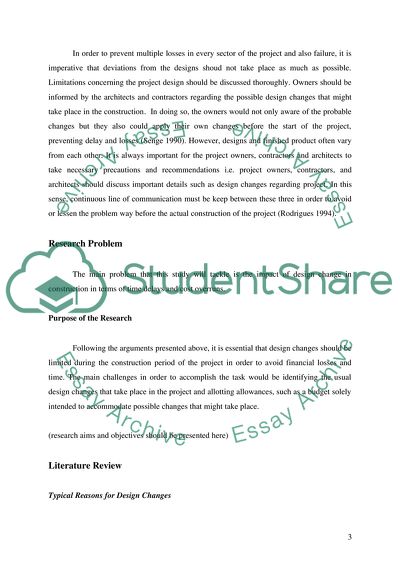Cite this document
(The Impact of Design Change during Construction Research Proposal, n.d.)
The Impact of Design Change during Construction Research Proposal. https://studentshare.org/design-technology/1715184-the-impact-of-design-change-during-construction
The Impact of Design Change during Construction Research Proposal. https://studentshare.org/design-technology/1715184-the-impact-of-design-change-during-construction
(The Impact of Design Change During Construction Research Proposal)
The Impact of Design Change During Construction Research Proposal. https://studentshare.org/design-technology/1715184-the-impact-of-design-change-during-construction.
The Impact of Design Change During Construction Research Proposal. https://studentshare.org/design-technology/1715184-the-impact-of-design-change-during-construction.
“The Impact of Design Change During Construction Research Proposal”. https://studentshare.org/design-technology/1715184-the-impact-of-design-change-during-construction.


